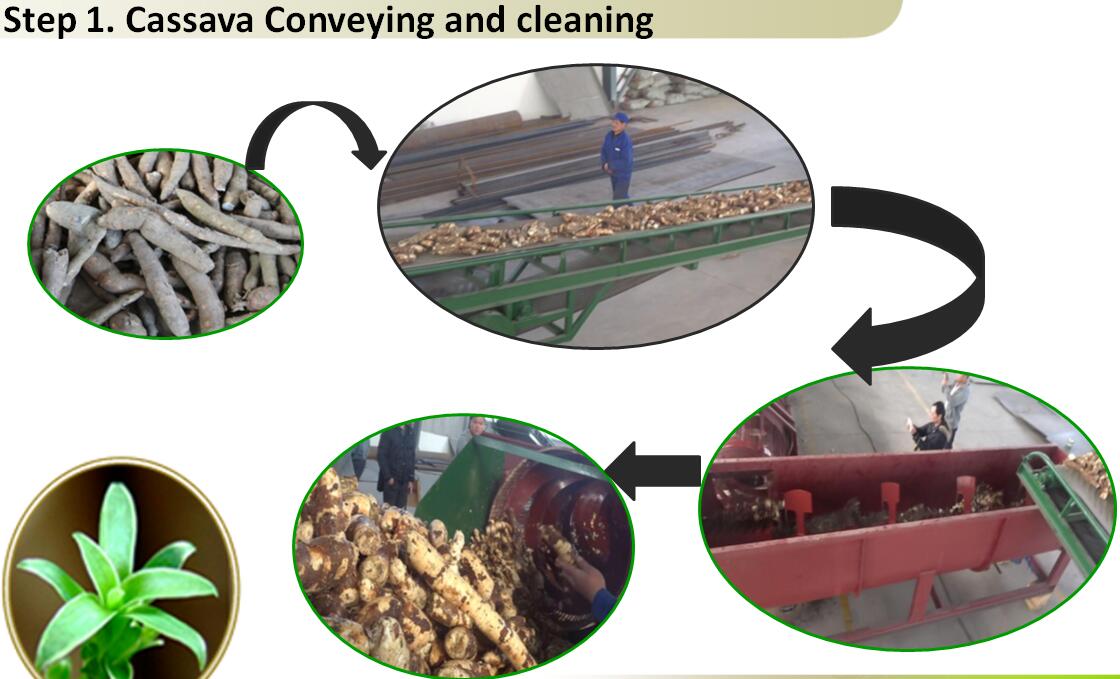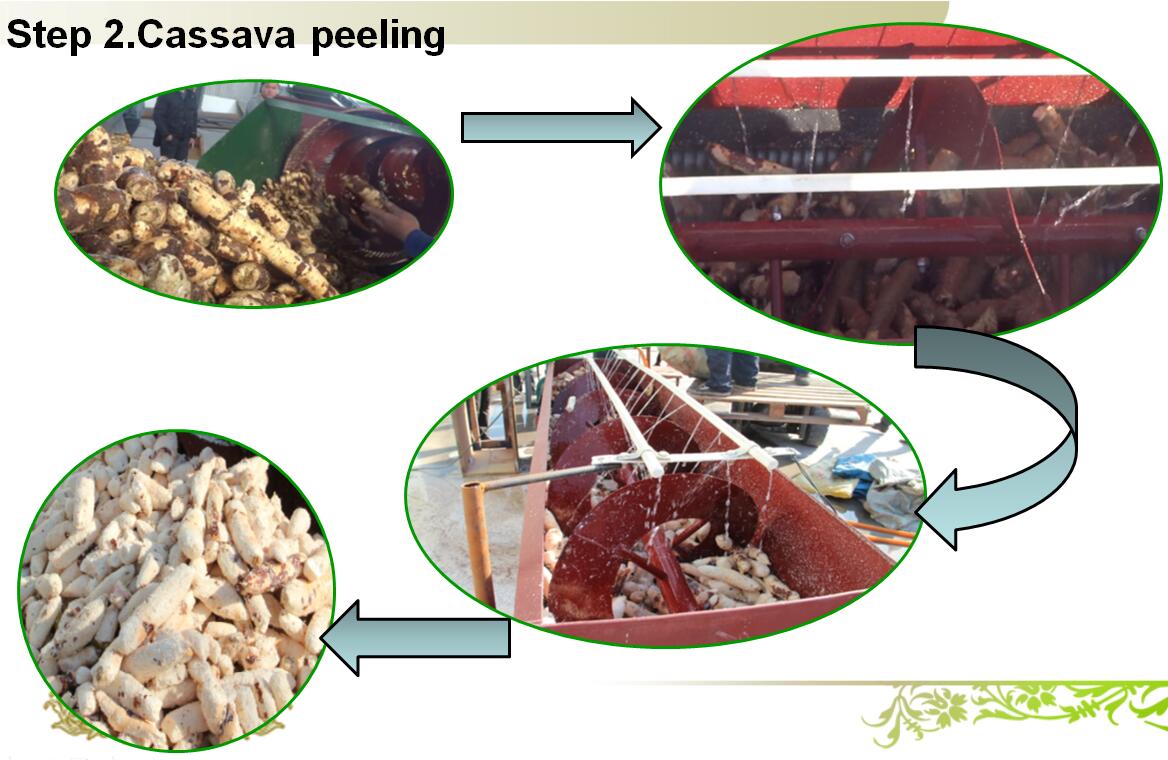The success of DOING R&D cassava peeler
DOING News / Chat online / Technical support / 2019-06-18
Where cassava comes from?
In the harsh climate and thin soil of the world's tropical regions, starchy, sustaining foods such as potatoes and grains often grow poorly. The staple crop in these regions is manioc, or cassava, a plant producing edible green leaves and large, starch-rich tubers. Some varieties contain lethal amounts of cyanide that must be cooked out, leaving a dry and nutritious flour. When that flour is further processed into a pure starch, the result is tapioca. It's most commonly sold in small balls, or pearls, and cooked into pudding, but the pure starch is also a potent thickener.
Why we need to use the cassava peeler?
Cassava is a bushy perennial that can grow as tall as 8 feet. The white interior of the root is firmer than potatoes and has high starch content. The fresh root has thick, dark brown skin that resembles a tree's bark. When cassava flour processing, it is essential to use cassava peeler, because there are lots of fibers, which will affect the quality of cassava flour.
The working picture of cassava peeler

cassava cleaning and conveying

cassava peeler
The advantage of our cassava peeler:
Material carbon steel
Running stable
Low waste rate
Fully peeling

 Call us
Call us Chat online
Chat online

